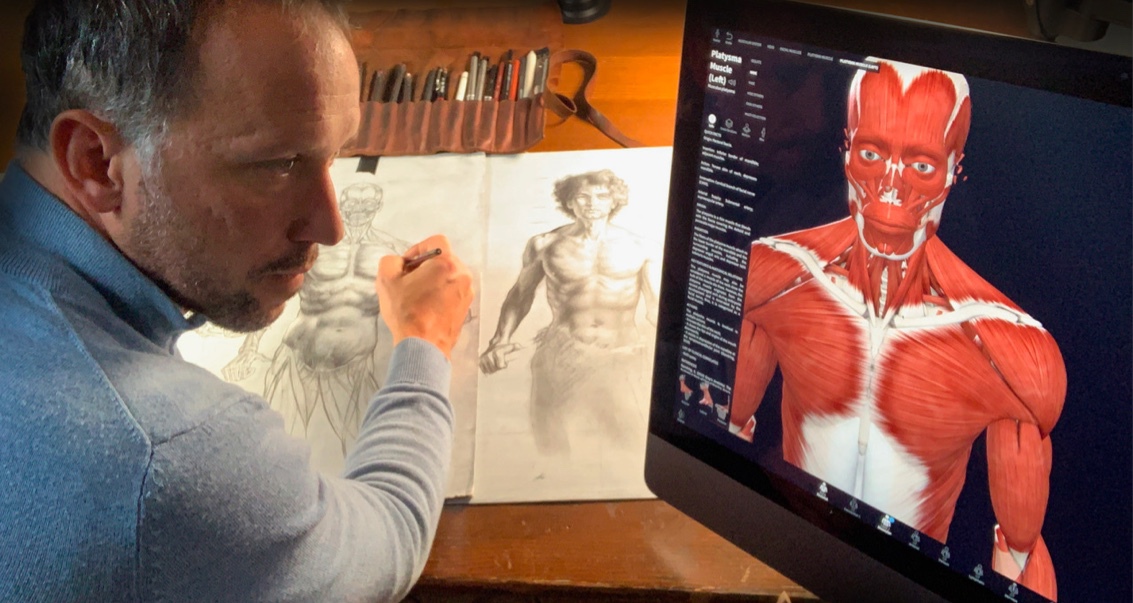
Kevin McEvoy is a New York based artist/teacher who studied classical drawing and painting in Italy. He uses Complete Anatomy to educate his students across the world to understand and explore constructive artistic anatomy concepts.READ POST
Go to homepage
Discover our 3D models right in your browser

Kevin McEvoy is a New York based artist/teacher who studied classical drawing and painting in Italy. He uses Complete Anatomy to educate his students across the world to understand and explore constructive artistic anatomy concepts.READ POST
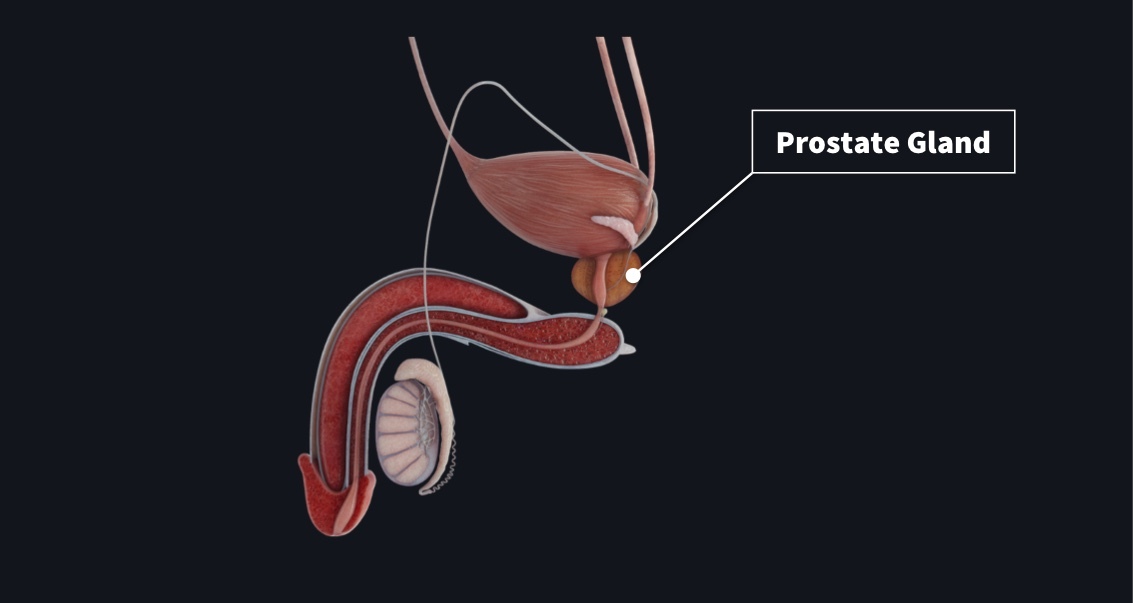
Prostate cancer is the second most common cancer in men globally ??, and according to the Centers for Disease Control and Prevention (CDC), out of every 100 American men, about 13 will get prostate cancer during their lifetime. Of that about 2-3 men may die from prostate cancer. READ POST
SARS-CoV-2 is the virus that causes the Coronavirus disease 2019, commonly referred to as COVID-19. The virus can enter the body through a number different tissues and organs. In this Complete Anatomy video, Dr. Jonathan Wisco of the Boston University School of Medicine walks us through the respiratory infection route for this disease.READ POST
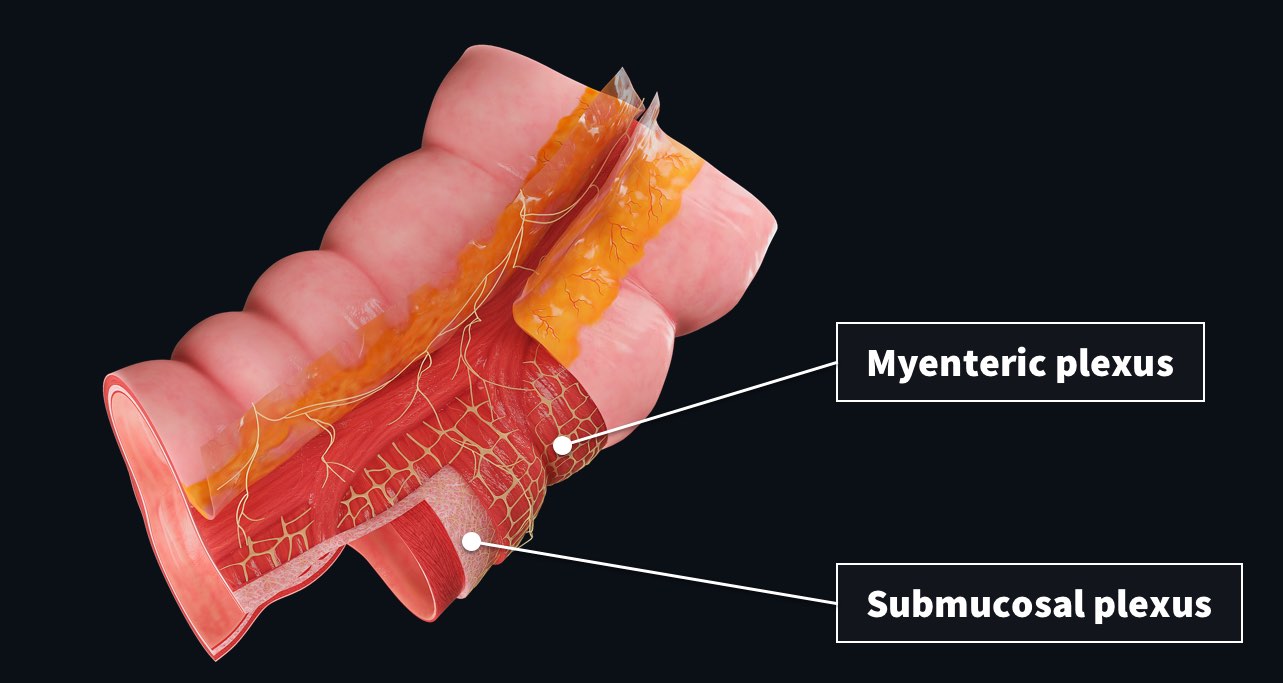
In one of our previous snippets, we explored the large intestine and how each component of the digestive system plays a role in breaking down the food we eat, transforming the end product into nutrients used by the body for many important functions.READ POST

With the feast of the dead approaching, we all begin to think about ghosts and souls of the dead coming to revisit us on the night of Halloween. Dead bodies and corpses can be creepy for most, but they do play a key role in science, especially in medicine. READ POST

For many countries across the world, October marks Breast Cancer Awareness month. This international health campaign originally started in the United States in 1985. The goal was to educate women about breast cancer and early detection tests, ultimately letting women take control of their breast health.READ POST
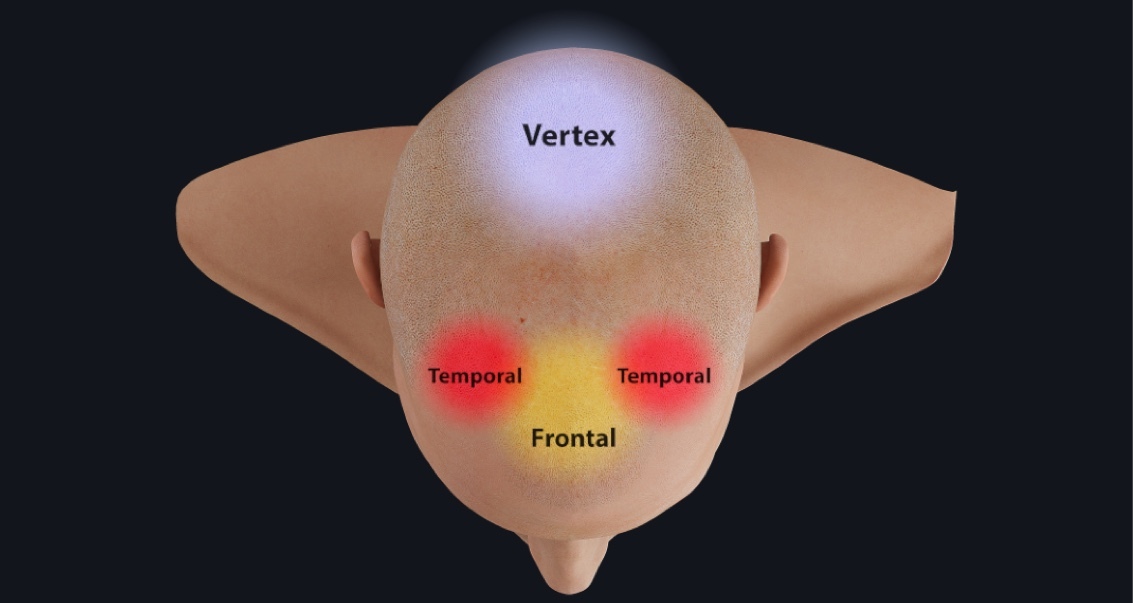
We all experience hair loss, losing between 50 and 100 strands of hair daily. Hair is lost as a result of a new hair growing in the follicle and pushing the older hair out. Hair grows in a pattern that consists of 3 stages: growth (anagen), involution (catagen), and rest (telogen).READ POST

Did you know that October is heathy lung month? Lungs are important because they oxygenate the blood, and breathing for most of us is something we do subconsciously. READ POST
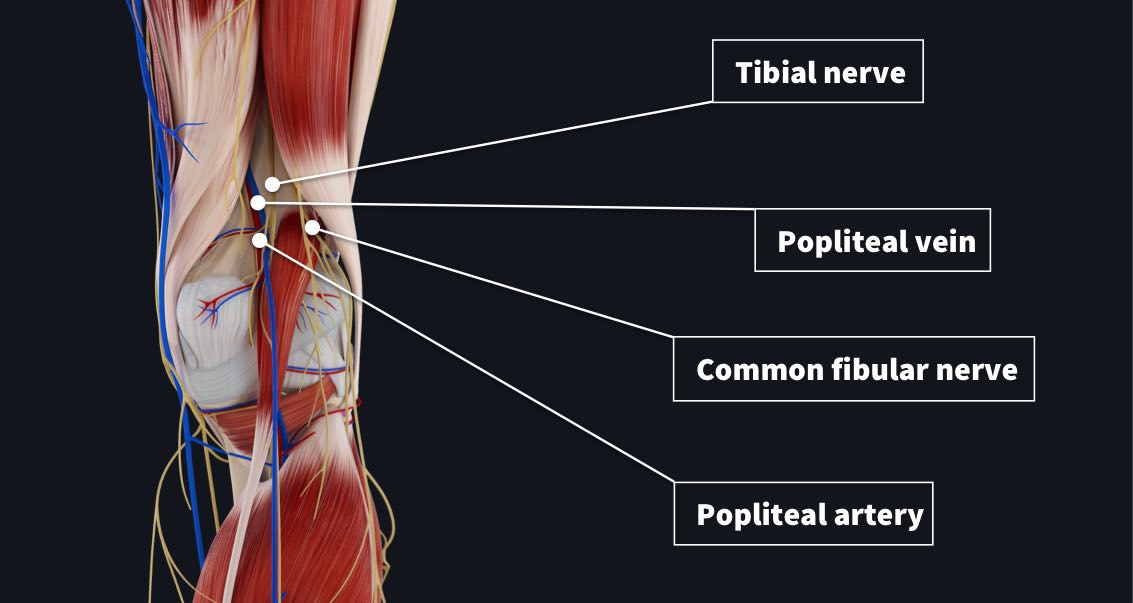
At the posterior aspect of the knee? lies the popliteal fossa. It is a diamond shaped♦️area that holds several important nerves and vessels that travel from the thigh to the knee. In this snippet we will take a closer look at its borders and contents. READ POST
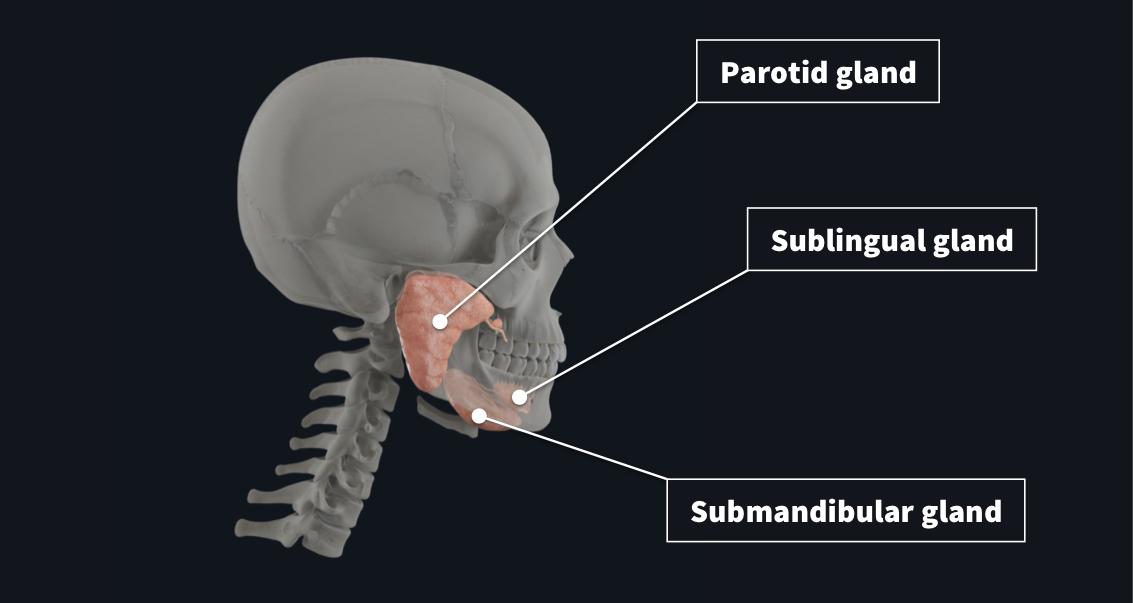
Every day we produce between 0.5 to 1.5 litres of saliva. ? That equates to about 23,659 litres in a lifetime – enough to fill 2 swimming pools! ? So why do we produce so much saliva? READ POST